Best Places to Visit in Mississippi

Searching for the best places to visit in Mississippi? Well, you are in the right place! From blues-filled towns to coastal getaways, I discovered many cool spots all around The Magnolia State since I moved to the South! Whether you’re planning a cultural journey, a family trip, or a quiet retreat, I can vouch for the fact that Mississippi has experiences that will leave a lasting impression. Here are the ones I recommend, and I think hope’ll enjoy them too.
Best Places to Visit in Mississippi on the Coast
My long term readers know that beaches are my favorite! In fact, if you are like me and love the beaches of Texas, Florida's Gulf Coast and even Louisiana's sandy stretches along the Gulf, I think you'll agree that this Mississippi's Gulf Coast is a must-visit!
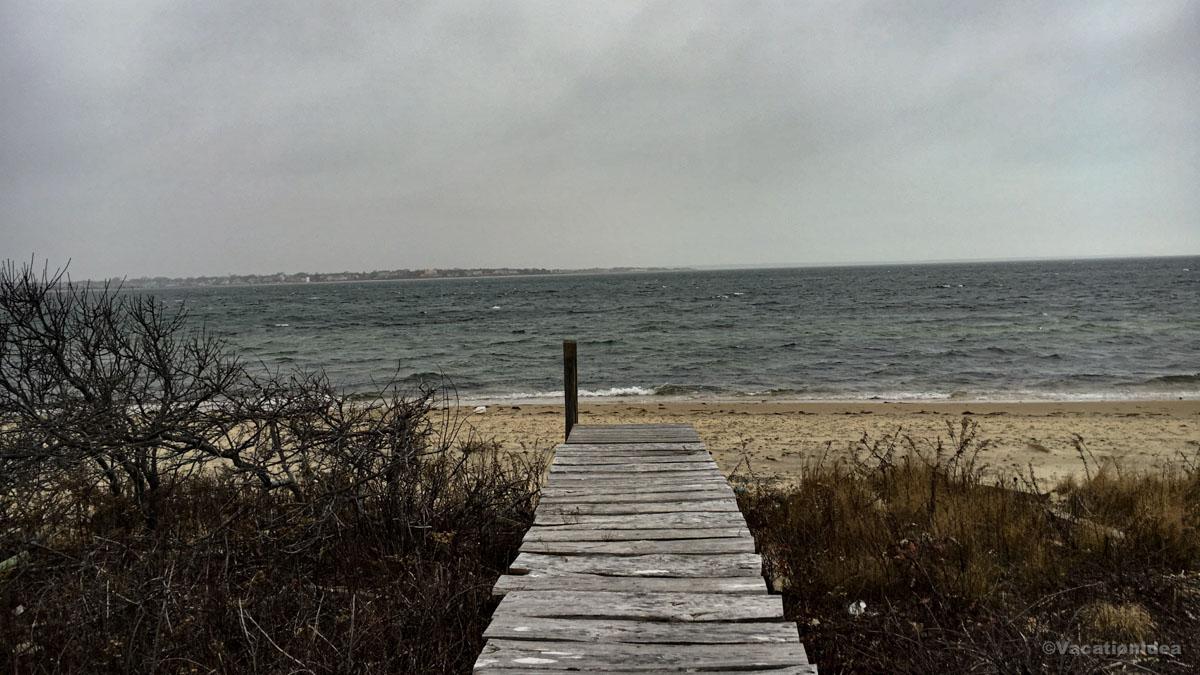
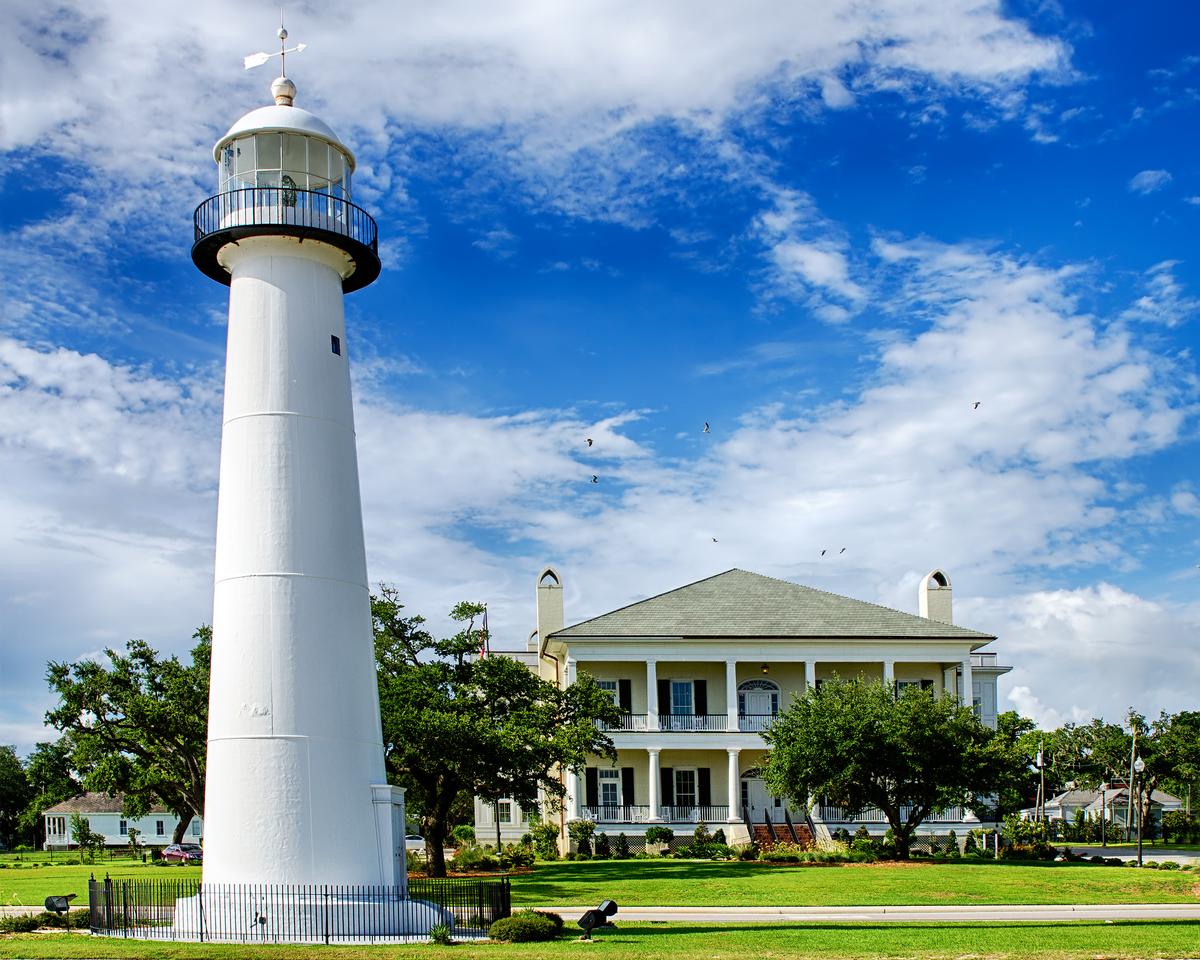
1. Biloxi - a hour from New Orleans
When I made my way to this town on the Mississippi Gulf Coast, I immediately felt the magic of the seaside vibe. "The Seafood Capital of the World" is right along the Gulf, and, for me, it’s one of the absolute best places for a beach-filled weekend getaway.
We drove from my house near Austin, TX to Biloxi as a part of a longer road trip with many stops (but it's 8 hours and 30 minutes if you drive non-stop!) and stayed at Beau Rivage Resort (from $129/night) for three relaxing days.
One of my favorite experiences was relaxing on Biloxi Beach itself. The soft white sand and gentle waves made it such an underrated gem for swimming, sunbathing, and just simply relaxing.
I also loved exploring the Biloxi Lighthouse, which sits right near Highway 90. Climbing to the top gave me a spectacular view of the coastline, and it felt like stepping into one of the most iconic landmarks in Mississippi.
For something cool and unusual, I spent two hours visiting the Ohr-O’Keefe Museum of Art ($12 Adult admission, $6 for kids, free under 6 years old). This unique Frank Gehry-designed space was filled with the coolest exhibits, and it quickly became one of my favorite cultural finds in the city.
The casinos were another exciting part of the trip. While I don’t always gamble, the atmosphere was electric. In addition, I loved that resorts offered so many dining options (both romantic or family-friendly!), spa experiences (I indulged in a 60-minute massage), and all sorts of entertainment, making it feel like a complete getaway.
- Location: Southern Mississippi on the Gulf Coast, along the Mississippi Sound
- Location Map
- Check prices at Beau Rivage Resort and White House Hotel
What I loved best:
My personal highlight was enjoying a sunset on the beach with Chris and our son.
A downside?
Weekend crowds meant parking filled quickly.
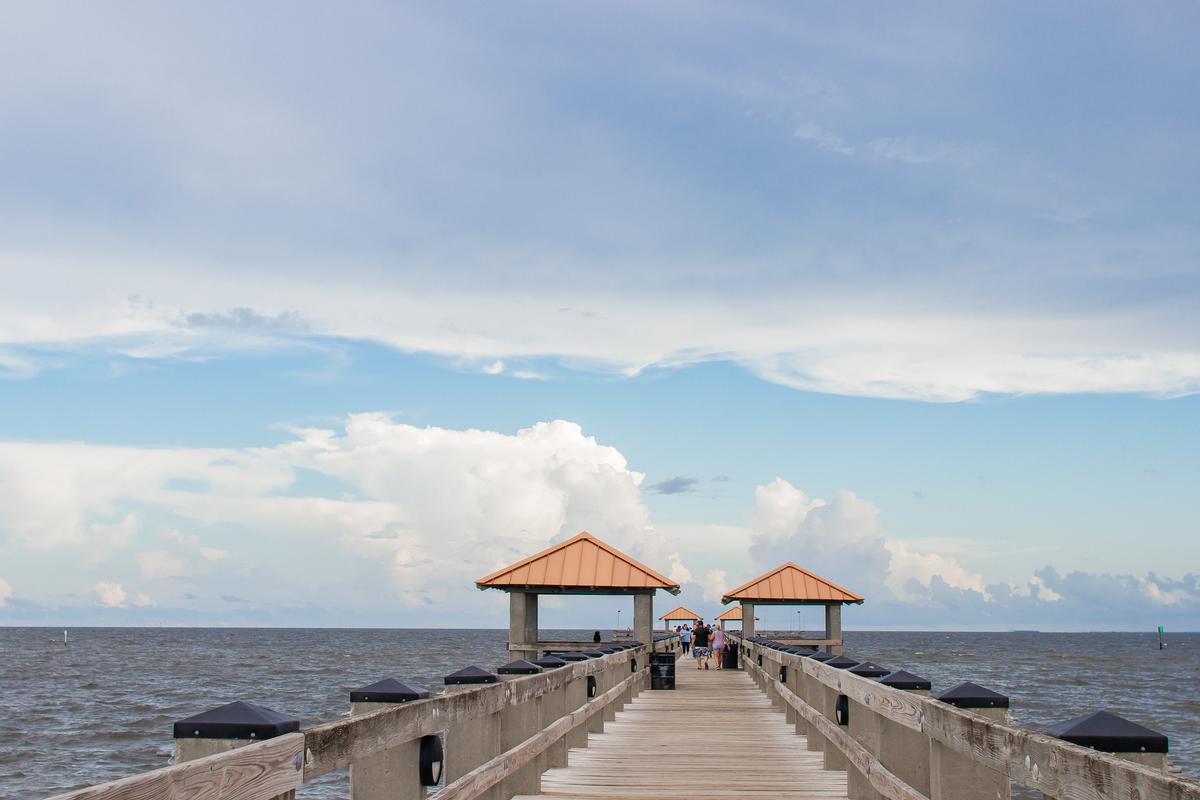
2. Gulfport
This is one of my favorite places to visit on the Mississippi Gulf Coast because it’s relaxed and family-friendly. In addition, Gulfport is easy to get to, the beaches are wide, and you can enjoy warm coastal days without the chaos of bigger resort towns.
We drove just twenty minutes west from Biloxi along Highway 90, the shoreline always in view, until we reached the "Root Beer Capital of the World," where we stayed seven relaxing days in a local Airbnb.
I had such a joyful time exploring the Mississippi Aquarium, a real local gem located near the harbor downtown. I thought it was one of the coolest sea life attractions in the state when I moved to the South. We were there around the holidays and caught "A Magical Mississippi Christmas" event at the aquarium in December which was especially fun for my son. I thought it was one of the best affordable things to do around the holidays on the Gulf Coast (Tickets are just $15 for adults and $5 for children)!
For something unique and unusual, I hopped on a ferry to Ship Island ($44 round trip for Adults, $38 for kids), which is just off the coast of Gulfport. The clear waters, untouched beaches, and historic Fort Massachusetts made it feel like a dream escape that was both adventurous and peaceful.
I also loved wandering around Jones Park, right near the harbor. With its marina, green spaces, and scenic walking paths, it felt like an underrated gem where locals and visitors come together to enjoy the Gulfport vibe.
Check prices at Courtyard by Marriott Gulfport Beachfront
- Location: Southern Mississippi on the Gulf Coast, west of Biloxi along the Mississippi Sound
- Location Map
What I loved best:
Watching the sun set over the Gulf while savoring shrimp and oysters was the absolute best way to end the day.
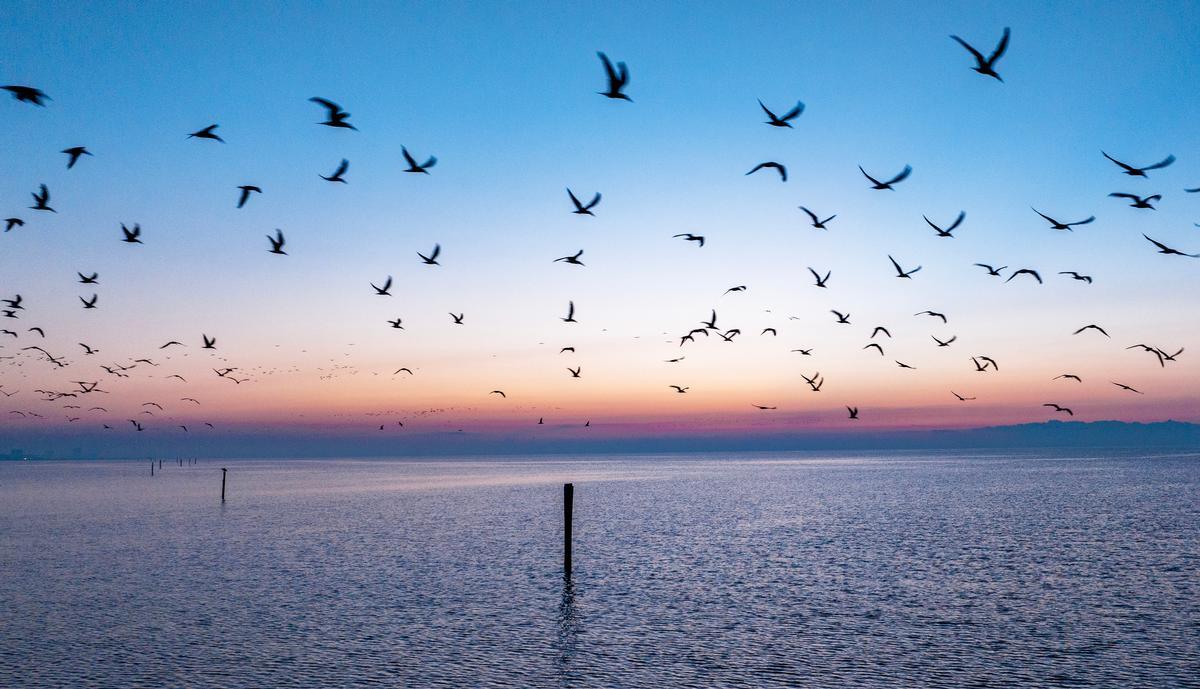
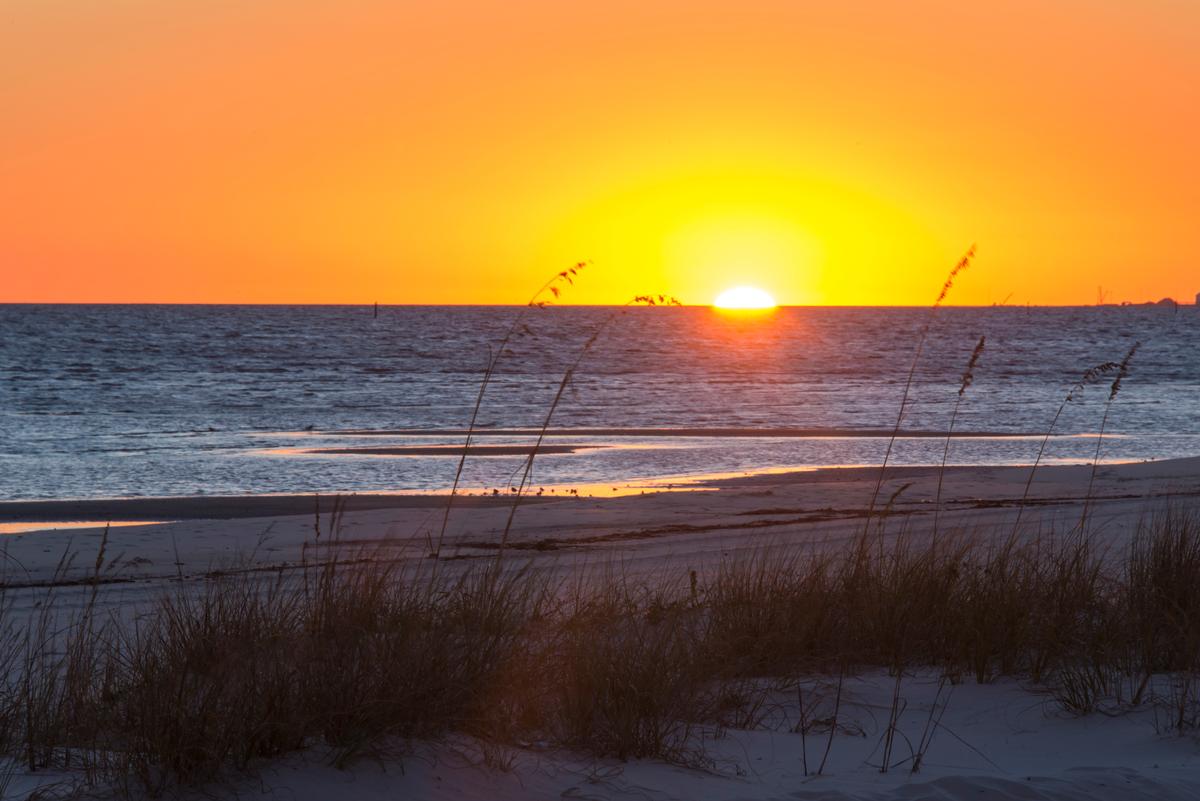
3. Bay St. Louis
This beach town instantly won me over, and honestly, if you want a combination of a colorful downtown and and Gulf Coast seaside beauty, Bay St. Louis is the best!
We drove west along Highway 90 from Gulfport, barely thirty minutes before the coastline curved into Bay St. Louis where we checked into The Bay Town Inn for two relaxing days.
My favorite part was Old Town, which had so many unique shops, art galleries, and cozy cafés. Every corner had something interesting to discover, and I loved how colorful and welcoming this town felt.
I also spent time at at the Bay St. Louis Beach, which had soft sand and calm Gulf waters, and felt like a hidden treasure.
In addition, I checked out the Alice Moseley Folk Art Museum near the historic train depot. The quirky, colorful pieces gave me a glimpse into the joyful, creative spirit of the town, and it quickly became one of my favorite finds.
Another spectacular highlight was walking across the Bay St. Louis Bridge. The pedestrian path offered amazing views of the bay, and I thought it was one of the coolest ways to experience the water up close.
- Location: Southern Mississippi on the Gulf Coast, along the Bay of St. Louis near the Louisiana border
- Location Map
What I loved best:
In the evening, I enjoyed fresh Gulf seafood at 200 North Beach Restaurant and Bar which I discovered on a recommendation from a local we met earlier in the day. My highlight was eating a Mushroom with Risotto with delicious Barbecue Shrimp ($16) while watching the sunset.
A downside? I have to say that the town was peaceful, but options for evening entertainment were limited once the sun went down, perfect if you wanted quiet, less so if you hoped for nightlife.
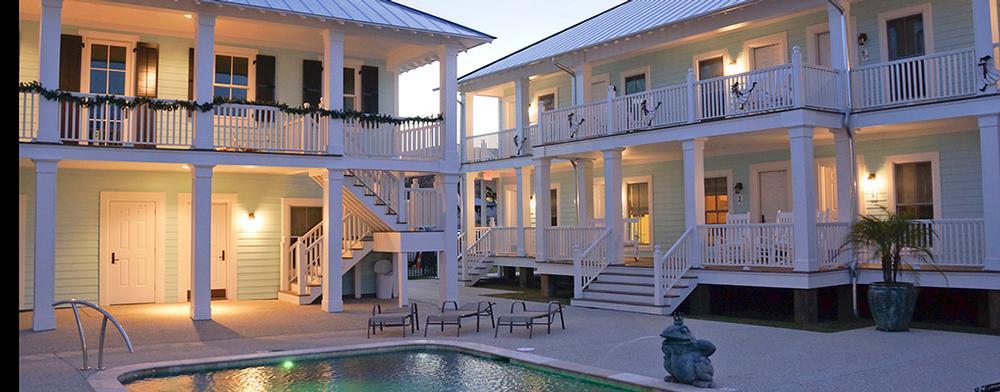
4. The Bay Town Inn
I thought this was one of the most charming and intimate coastal stays on the Gulf Coast and honestly it's one of my favorite romantic weekend getaways in Mississippi! Why? First off, the location right on the waterfront in Bay St. Louis was perfect. In addition, I loved the classic Southern hospitality, light-filled interiors, and nautical accents.
Our guest room for two relaxing days (a King suite) came with its signature coastal-inspired décor, a plush king bed, separate living space, and large French doors through which we could see the pool. I loved having a kitchenette, flat-screen TV, and spa-style bathroom, all of which made it upscale.
We also discovered the lovely outdoor pool and sun terrace surrounded by palms where it was easy to slip into vacation mode. We enjoyed a daily Southern-style breakfast served fresh each morning. Best of all The Bay Town Inn's location just steps from the beach and Bay St. Louis’ charming Old Town was a standout!
- Location Map
- To book, check availability or prices for Bay Town Inn Bed & Breakfast
What I loved best:
My favorite moment was enjoying the coastal breeze and sunrise views right from the inn’s prime beachfront location.
In addition, the inn is also pet-friendly, adding to its warm and welcoming appeal.
A downside? Guests must be 15 years or older to stay at the inn (although you might consider that a plus if you are on a romantic getaway!).
Best Inland Places to Visit in Mississippi
I think that Mississippi's inland destinations are some of the most exciting and unique places to visit, especially if you have time to base yourself in one of these cities for a fun week of urban and natural exploring.
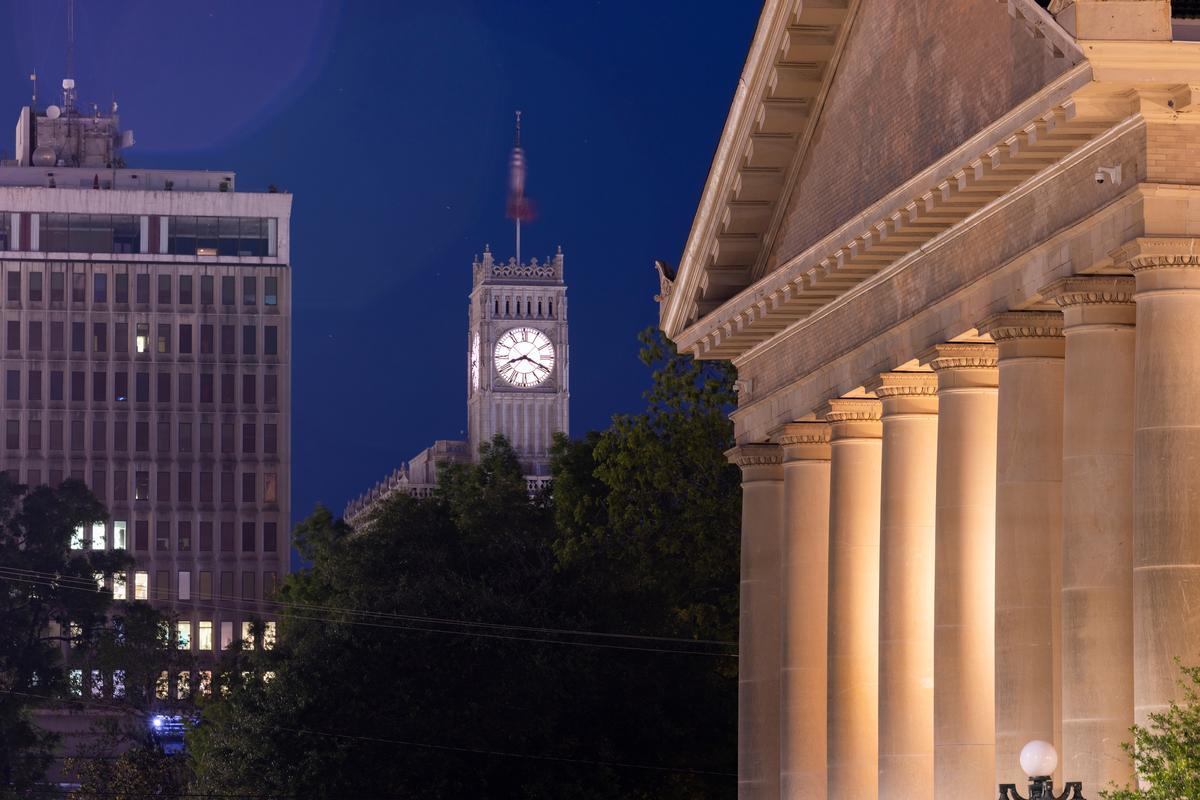
5. Jackson
When friends ask me about the best places to visit in Mississippi beyond the beaches, this capital city instantly comes to mind because it offers such a diverse choice of parks, culture, and great restaurants.
We drove about 3 hours from our previous stop in Bay St. Louis and checked into the 4-star Westin Jackson ($160) for an exciting 2-day family weekend getaway.
Chris, our son and I loved wandering through the Mississippi Museum of Art, one of my favorite cultural stops right in downtown Jackson. Later we visited the Mississippi Civil Rights Museum, an exceptional space near the State Capitol which tells powerful stories - It felt like it was one of the most meaningful stops on our trip.
For outdoor fun, I found the LeFleur’s Bluff State Park to be a spectacular lakeside escape. Just minutes from downtown, it’s an underrated gem where we had a family picnic, and spend the afternoon fishing in the lake. I also learned that The City of Jackson was originally known as "LeFleur's Bluff."
For an exciting food experience, Saltine Restaurant serves great Southern-style seafood.
- Location: Central Mississippi along the Pearl River, in the Jackson Prairie region
- Location Map
- Check prices at the Westin Jackson ($160) and Old Capitol Inn
What I loved best:
Locals recommended Louise's Piano Bar & Jazz Club which was a cool place to end the day (a standout!).
A downside? I have to say that some downtown streets felt quieter than I expected in the evenings, and we had to plan our stops carefully since not every spot stayed open late.
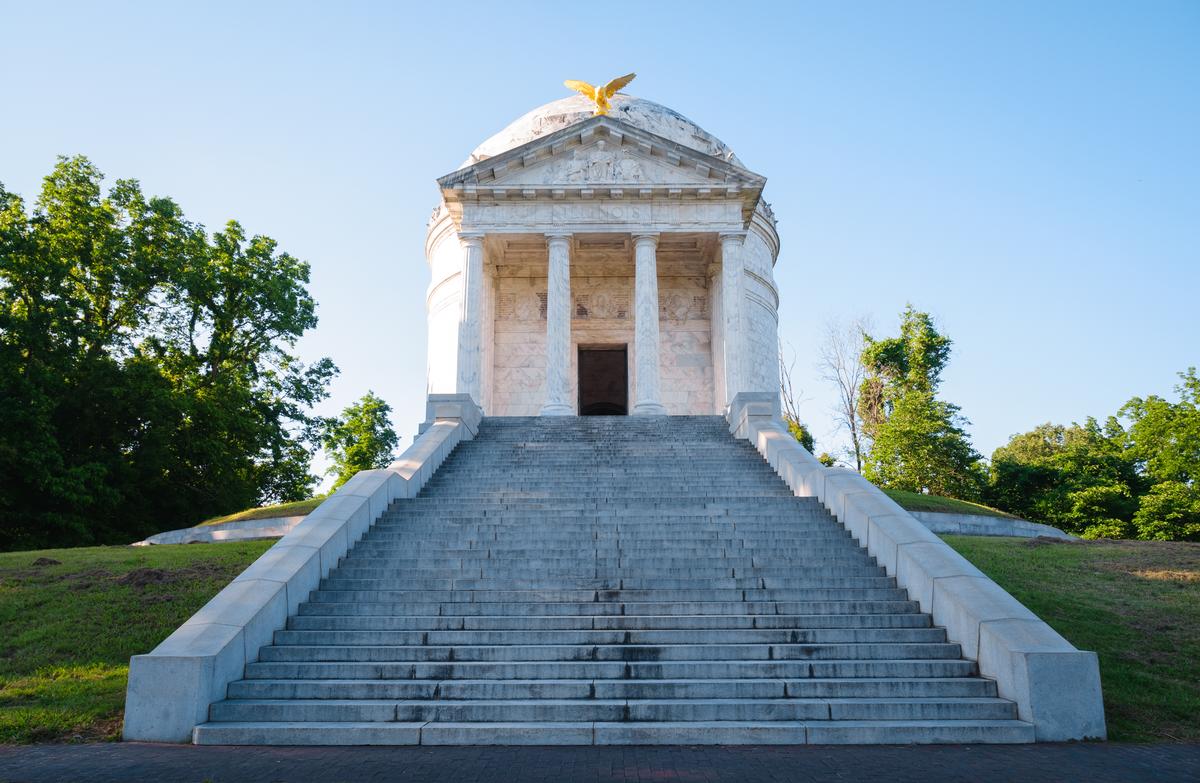
6. Vicksburg National Military Park
This historic site in western Mississippi is one of my favorite day trips from Jackson when I want quiet beauty, and deep history.
An easy 45-minute drive from Jackson, Vicksburg National Military Park, feels like stepping into the past through preserved battlefields which tell powerful stories of the past!
We explored the park by car first, stopping at several monuments and overlooks. I loved how immersive it felt—each marker, cannon, and memorial added another layer to the story of the Siege of Vicksburg.
What I loved best:
I especially loved the Illinois Memorial, my favorite highlight. Stepping inside felt solemn and awe-inspiring, and the views from the top were stunning.
A downside?
The scale of the park is truly impressive but that also means that you have to plan your visit careful to avoid being overwhelmed!
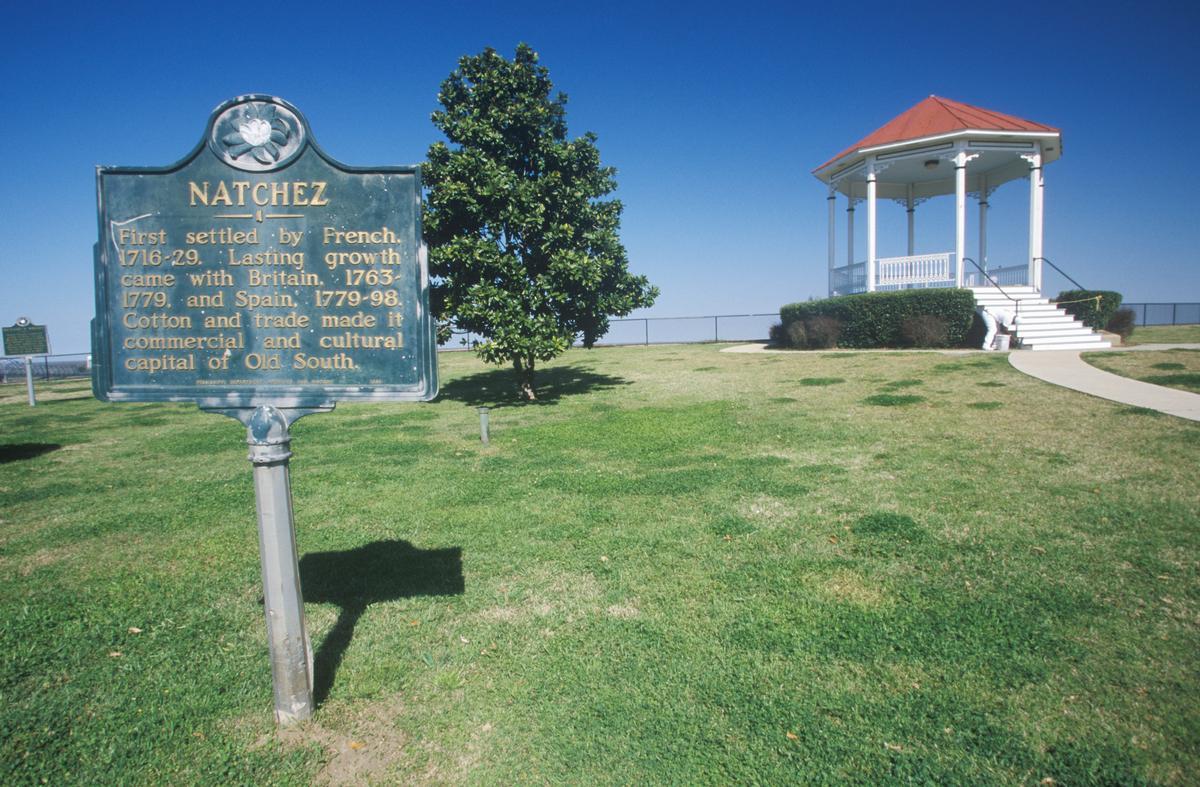
7. Natchez
This is one of my favorite places to visit in Mississippi because it feels like stepping into another era. In addition, Natchez is rich in history, and beautifully preserved. I thought it was perfect for slow days spent exploring grand homes and enjoying scenic river views.
We drove around two hours from our previous stop in Jackson and I kept thinking that Natchez makes the perfect day trip from the capital.
Located along the Mississippi River in the southwest corner of the state, "New Orleans Lite" is one of the absolute best destinations for history, romance, and Southern charm all wrapped together.
My favorite experience was touring the grand antebellum mansions - Places like Longwood and Stanton Hall felt like hidden gems where time stood still.
For something unique, we explored the Natchez Trace Parkway, which begins near the city and stretches for 444 miles through Mississippi, Alabama, all the way to Tennessee. Driving along a stretch of this historic route was such a cool experience!
Downtown Natchez quickly became one of my favorite areas. The brick-lined streets, shops, and inviting cafés gave it such an exciting, small-town vibe! When it comes to food, I can personally vouch for Magnolia Grill right on the water which serves great Gulf seafood, steaks & burgers on the coolest glassed-in deck with river views.
- Location: Southwestern Mississippi on the bluffs above the Mississippi River, near the Louisiana border
- Location Map
- Check prices at Dunleith Historic Inn, Natchez Grand Hotel
What I loved best:
We had a great time walking along the Natchez Bluff Trail, my personal highlight. With sweeping views of the Mississippi River, it was one of the most peaceful moments of my trip, especially at sunset—it truly felt magical.
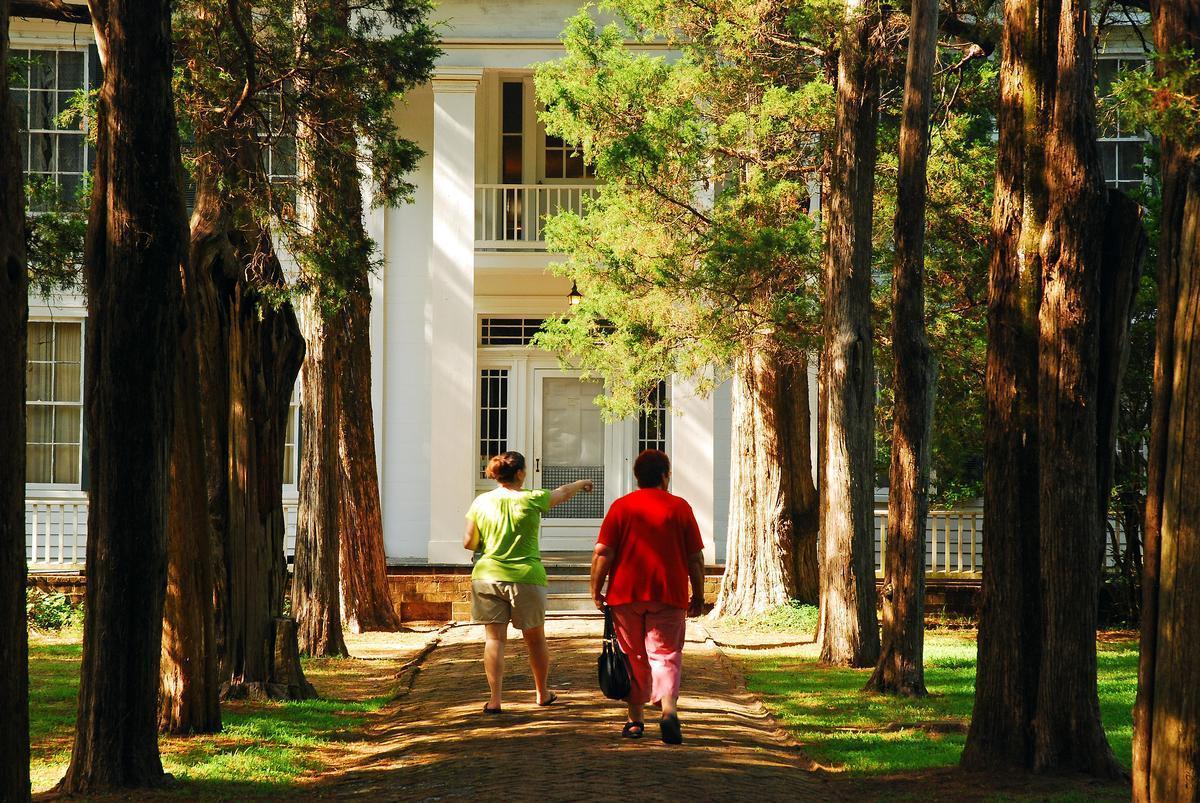
8. Best Things to Do in Oxford, MS
Looking for a destination with culture and character? I was struck by the vibrant mix of Southern charm, literary history, and cool small-town energy in Oxford, MS. Tucked in the northern part of the state, it’s one of the absolute best weekend getaways in Mississippi when I'm in the mood for culture and great food.
We drove about 4 hours and 15 minutes from our previous stop in Natchez and checked into The Oliver Hotel, Oxford (from $199/night) for two stress-free days.
We started exploring in the historic Oxford Square, which is the beating heart of the town. Surrounded by colorful boutiques, cozy cafés, and unique local restaurants, it felt like an underrated gem. I absolutely loved stepping into Square Books, one of the coolest independent bookstores I’ve ever visited.
For a cultural experience, I visited Rowan Oak ($5 Adult admission, cash only), the former home of William Faulkner. Nestled in a quiet grove near the university, it felt both peaceful and inspiring—a spectacular piece of literary history right in Oxford.
The University of Mississippi campus, known as Ole Miss, was another highlight. Walking through its tree-lined paths and seeing the Grove, one of the most famous tailgating spots in the country, was such an exciting and unique experience, earning it titles like "The Holy Grail of Tailgating".
In addition, I loved tasting Southern comfort food at Ajax Diner, and Tallahatchie Gourmet (fried seafood and po-boys are a standout!).
- Location: Northern Mississippi in the rolling hills of Lafayette County, north of the Holly Springs National Forest
- Location Map
What I loved best:
One evening, I found myself enjoying live music at Proud Larry's, my favorite highlight.
A downside? Keep in mind that parking around the square is tricky.
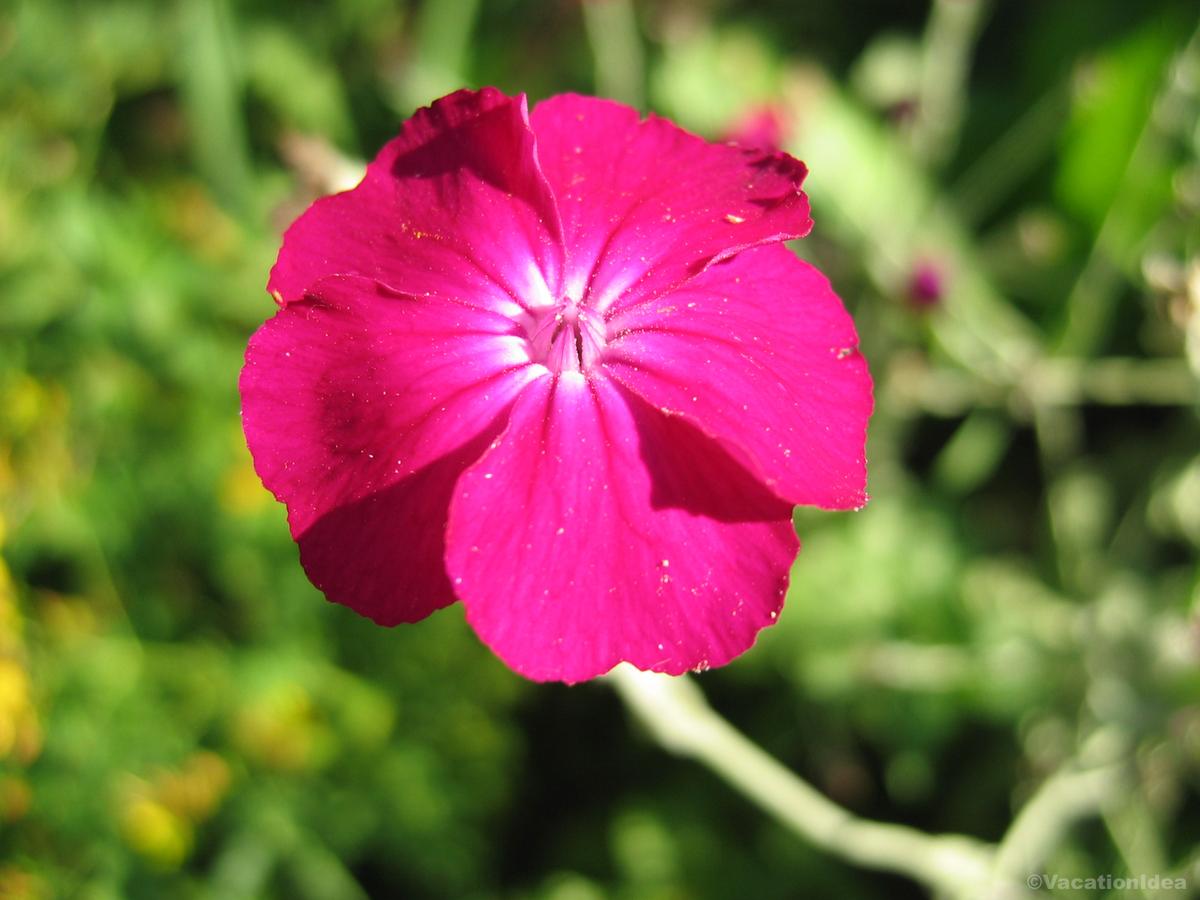
Booking Checklist
1. Book Your Flight - I use Expedia because I like their mobile app with my itinerary. They've helped me re-book flights on many occasions. Once you reach their Gold tier, support is especially good.
2. Book Your Hotel - I use Booking.com or Expedia, depending on my destination.
3. Book Your Rental Car - I use Expedia.
4. Book your tours on Viator or Get Your Guide.
5. If you are planning to visit more than three national parks in the next 12 months, buy the America the Beautiful Pass.
